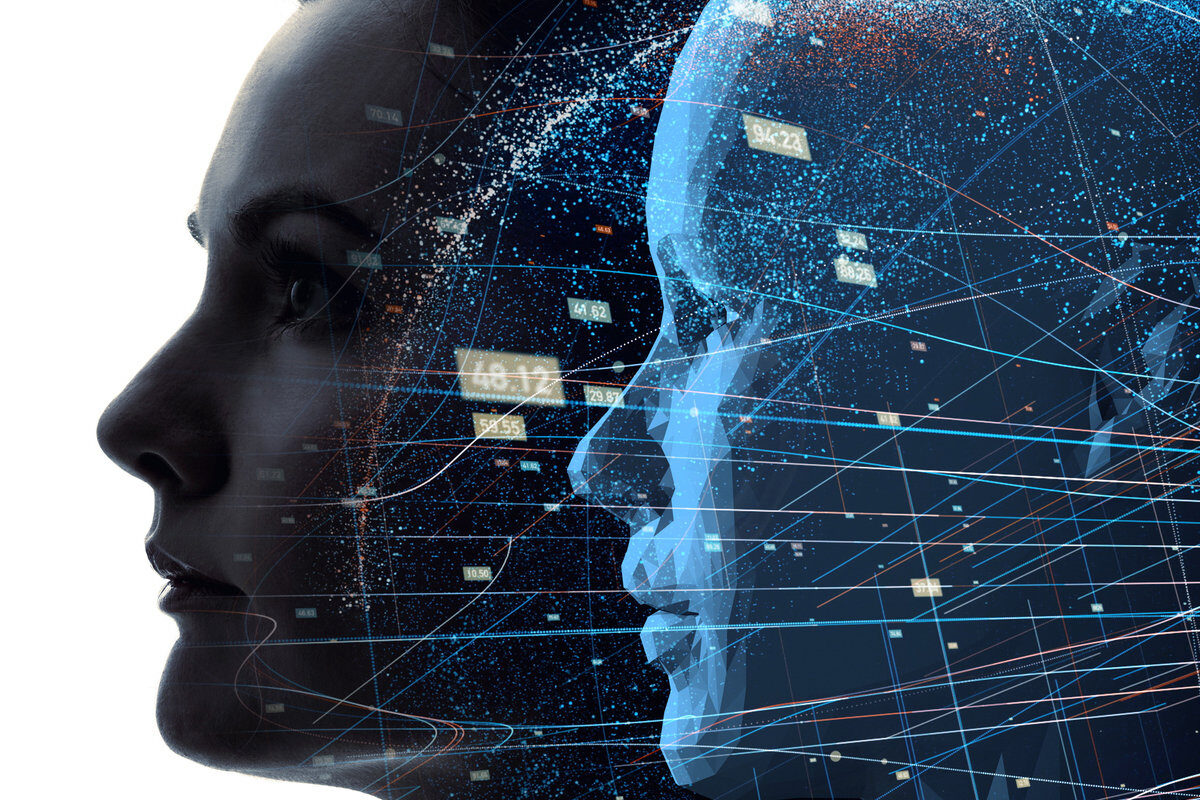The digital twin technology has been around since 2002 when Michael Grieves first introduced the concept at the University of Michigan (Marr, 2019). Although the digital twin has been around for a while, the technology just recently started to gain momentum. This is due to the availability of more data, better data analysis management, an increased usage of Internet of Things sensors and improved digital tools and infrastructure (Mussomeli, Parrott, Umbenhauer & Warshaw, 2020). These developments have contributed to the lower costs and higher accessibility of the digital twin (Marr, 2019). The digital twin technology is now classified as high potential and one of the biggest technological trends for the upcoming years by Deloitte, Forbes and many more trend spotters (Marr, 2019; Panetta, 2019; Mussomeli et al., 2020).
But what is a digital twin exactly?
A digital twin is the virtual representation of a physical product. Both versions are identical (Essentra plc, 2020). Sensors are attached to the real-life product which send their measured data to the digital twin technology. The digital twin then analyses and processes this data in order to improve, optimize and maintain the physical product (Marr, 2017). In addition, the digital twin can be used to perform simulations and experiments (Essentra plc, 2020). Furthermore, the digital twin can detect and prevent errors, guide companies in decision making processes by offering more accurate predictions and discover unique customer needs. The digital twin technology can fill the gap between the digital and physical world (Mussomeli et al., 2020).
The digital twin was first mostly applied in the manufacturing industry, such as cars and airplanes, but is now increasingly used on a more broadened scale (Mussomeli et al., 2020). The energy sector uses the technology to better understand the energy consumption of different consumers, smart cities apply the digital twin to manage and analyze different variables that affect the daily life of citizens, for instance traffic congestions, and the healthcare industry implements the digital twin technology to create a simulated environment in which surgeons can practice multiple procedures and to monitor the data of patients to improve the care that they receive (Marr, 2019).
The benefits
The reason why the digital twin is now becoming increasingly more popular is that the technology provides multiple benefits. The digital twin can discover and better understand customer needs. This could contribute to the improvement of customer experiences, the development of new products and enhancements of existing products to meet the preferences of the consumers (Marr, 2017). The implementation of the digital twin technology will also allow companies to test out new products, methods or applications before they are actually launched in the physical world (Marr, 2019). Because of this, errors and potential problems can be detected before they are applied in the real world which could save costs and resolve problems more quickly (Iberdrola, n.d.). Furthermore, employees can be trained in the simulated environment that the digital twin creates, so that they can work more efficiently and are better prepared for multiple, diverse scenarios that could occur (Marr, 2019). Lastly, this technology will make more accurate predictions which could prevent companies from making costly mistakes. All of these benefits will lead to the optimization of multiple business processes (Mussomeli et al., 2020).
Future prospect
The rise of machine learning, Augmented Reality and Artificial Intelligence could support the use of the digital twin and further enhance its benefits. As the technology is emerging, more and more companies, ranging from industry pioneers to smaller players, will implement digital twins to optimize multiple business processes (Mussomeli et al., 2020). It is therefore, in my opinion, not the question if the digital twin technology will be adopted by the majority of the mainstream markets, but when. The opportunities and benefits that this technology provides are endless and can be applied in every industry, the cost/benefits balance is becoming more even and the digital environment that is needed to let the applications of the digital twin thrive is evolving into the new standard for most markets (Marr, 2017). The potential of this technology is, in my opinion, therefore proven and I think that the digital twin is what every company will need to bridge the physical and digital and cope with the fast-changing developments in todays’ world.
References
Mussomeli, A., Parrott, A., Umbenhauer, B. & Warshaw, L. (2020, January). Digital twins: bridging the physical and digital. Retrieved from:
https://www2.deloitte.com/us/en/insights/focus/tech-trends/2020/digital-twin-applications-bridging-the-physical-and-digital.html
Essentra plc. (2020). De digital twin – wat is het en hoe werkt het? Retrieved from:
https://www.essentracomponents.com/nl-nl/news/productbronnen/de-digital-twin-wat-is-het-en-hoe-werkt-het
Iberdrola. (n.d.). Digital twins, the keys to the fourth industrial revolution. Retrieved from:
https://www.iberdrola.com/innovation/digital-twin
Marr, B. (2019, April). 7 amazing examples of digital twin technology in practice. Retrieved from:
https://www.forbes.com/sites/bernardmarr/2019/04/23/7-amazing-examples-of-digital-twin-technology-in-practice/#3862f4446443
Marr, B. (2017, March). What is digital twin technology – And why is it so important? Retrieved from:
https://www.forbes.com/sites/bernardmarr/2017/03/06/what-is-digital-twin-technology-and-why-is-it-so-important/#7e7e63fb2e2a
Mussomeli, A., Parrott, A., Umbenhauer, B. & Warshaw, L. (2020, January). Digital twins: bridging the physical and digital. Retrieved from:
https://www2.deloitte.com/us/en/insights/focus/tech-trends/2020/digital-twin-applications-bridging-the-physical-and-digital.html
Panetta, K. (2019, October). Gartner top 10 strategic technology trends for 2020. Retrieved from:
https://www.gartner.com/smarterwithgartner/gartner-top-10-strategic-technology-trends-for-2020


